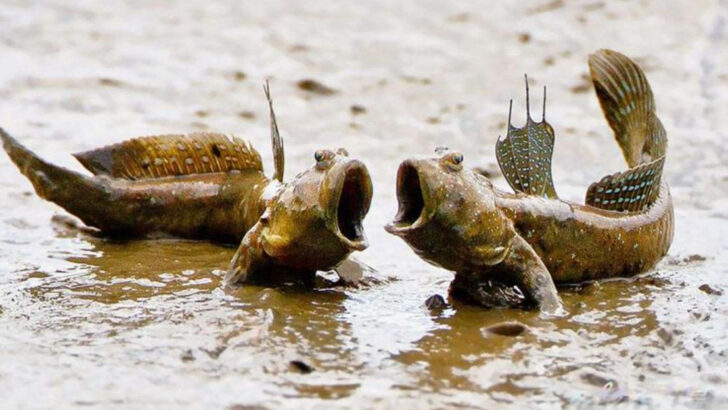Some animals are born to conquer two worlds—saltwater and freshwater. Imagine living where the rules of nature flip on their head, and every day is a survival test. Some creatures don’t just adapt to one environment—they master both, pulling off a stunning feat that defies nature’s usual boundaries.
From the glimmering scales of a fish to the mysterious behavior of amphibians, these animals have found ways to thrive in radically different worlds. One moment, they’re navigating the salty depths of the ocean; the next, they’re swimming through fresh, calm rivers or lakes. It’s a level of versatility that’s almost magical, yet it’s pure biology in action. These creatures don’t just survive—they thrive.
What’s even more astonishing is how each of them has developed unique traits to pull off this dual-life. From sophisticated organs to clever behavior, their ability to switch between these contrasting environments is nothing short of remarkable. Ready to meet these aquatic chameleons?
Bull Shark
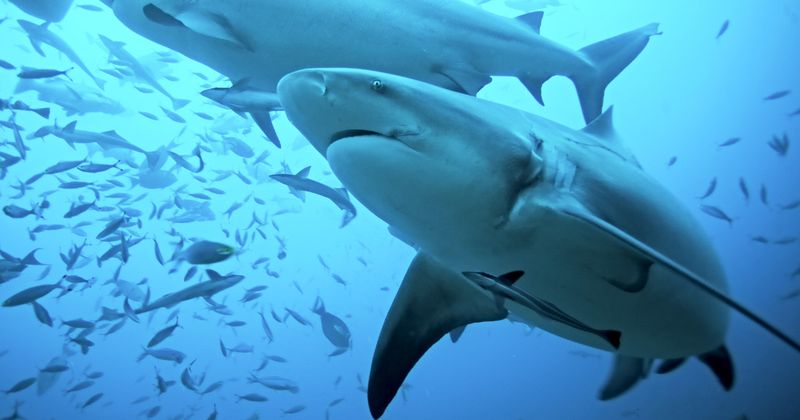
The bull shark is known for its incredible adaptability, living in both salt and freshwater. Its robust physique and ability to regulate salt levels internally allow it to navigate rivers and oceans alike.
Picture this: a powerful predator silently slicing through murky river water, then swiftly transitioning to the vast open sea. Despite its fierce reputation, the bull shark plays a crucial role in maintaining aquatic ecosystems.
Its presence highlights nature’s complexity, as it curiously ventures into new habitats. This shark’s unique capability is a testament to evolutionary ingenuity, bridging the gap between different worlds.
American Alligator
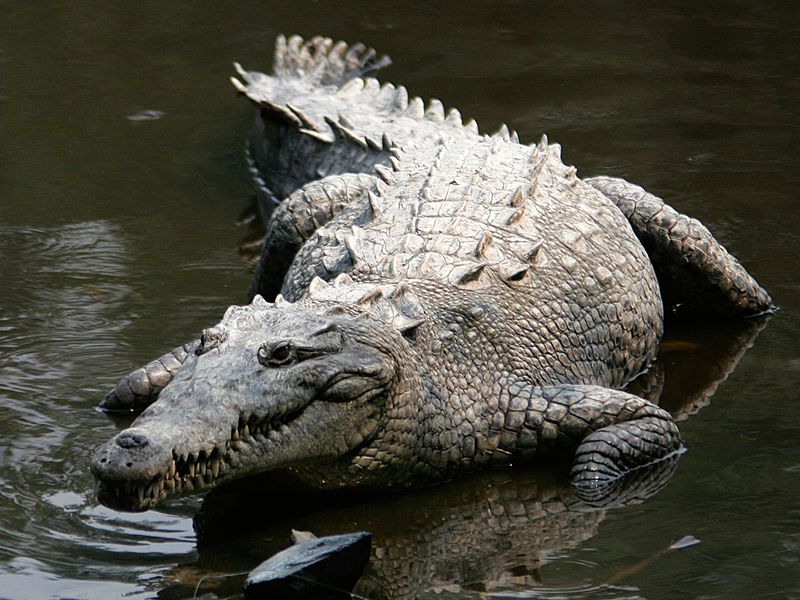
The American alligator is an extraordinary creature, thriving in both brackish and freshwater. Imagine a massive, ancient reptile sunning itself on a riverbank, its scales casting intricate shadows on the mud.
This alligator’s ability to tolerate varying salinities makes it an adaptable apex predator. With a slow, deliberate blink, it observes its environment, ready to strike with precision. Its gentle eye ridge contrasts with a robust jaw, illustrating a life spent adapting to diverse habitats.
This remarkable adaptability ensures the alligator’s enduring presence across many ecosystems, where it continues to intrigue and inspire.
Atlantic Salmon
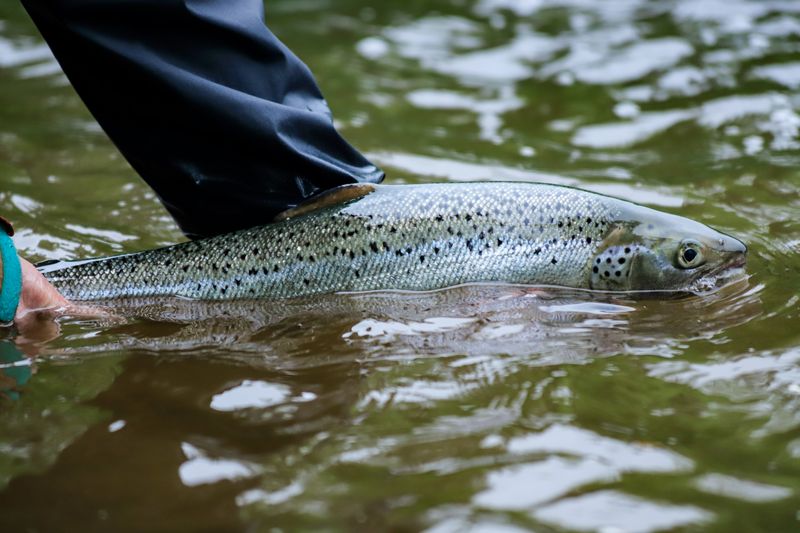
Atlantic salmon are famous for their epic migrations from the ocean to freshwater rivers to spawn. Picture a sleek, silver fish leaping upstream, its scales catching sunlight as it navigates rushing currents.
This journey is a test of endurance, showcasing the salmon’s resilience and determination. Each leap is a dance of survival, driven by instinct to ensure the next generation thrives.
These fish are nature’s seasoned travelers, embodying the cycle of life and renewal. Their tenacity in overcoming obstacles makes them symbols of persistence and hope in the wild.
European Eel
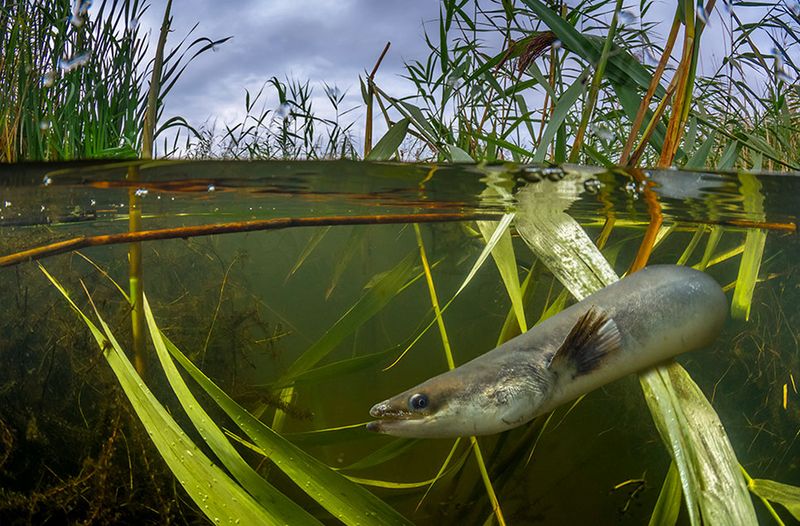
The European eel is a mysterious traveler, spending its life journeying between the ocean and freshwater rivers. Envision an elongated, smooth-bodied creature weaving gracefully through river stones.
Its journey begins in the ocean, with young eels migrating to freshwater to grow. As adults, they return to the sea to spawn, a cycle shrouded in mystery. This eel’s life is a testament to nature’s wonder, making its way through currents and challenges.
Its ability to adapt and survive in diverse environments highlights the enduring magic of life beneath the surface.
Mudskipper
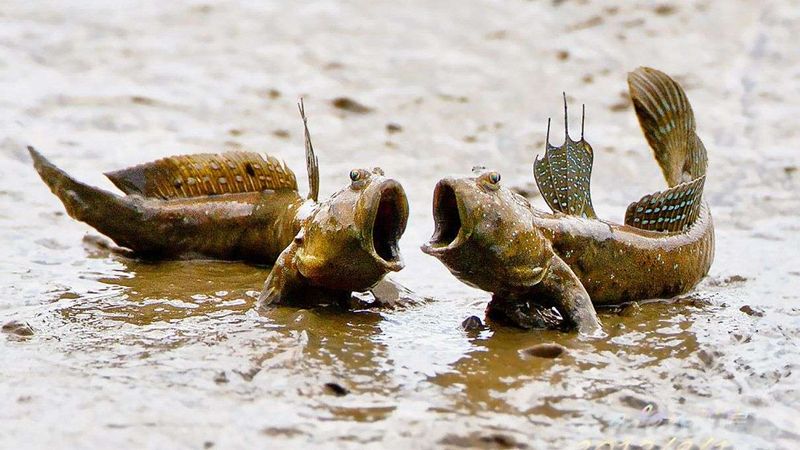
Mudskippers are quirky amphibious fish that can thrive in both salt and freshwater environments. Imagine a fish that can walk on land, hopping along a muddy riverbank with comical agility.
Its bulging eyes and fin-like limbs make it a curious spectacle, drawing smiles from all who observe. These fish are a blend of land and aquatic life, breathing through their skin and gills.
Their playful antics and adaptability inspire a sense of wonder, as they effortlessly transition between water and land, embodying the joyful spirit of exploration and survival.
Diamondback Terrapin

The diamondback terrapin is a striking turtle that inhabits brackish waters along the coast. Picture its intricately patterned shell glinting under the sun as it basks on a log.
Its habitat ranges from marshes to estuaries, where it gracefully swims with a leisurely stroke. This terrapin’s diet includes crabs and mollusks, making it a crucial part of the coastal ecosystem.
Capable of enduring fluctuating salinity levels, it symbolizes resilience and versatility. Watching a terrapin navigate its watery world is a serene experience, a reminder of the delicate balance of nature.
Green Sea Turtle
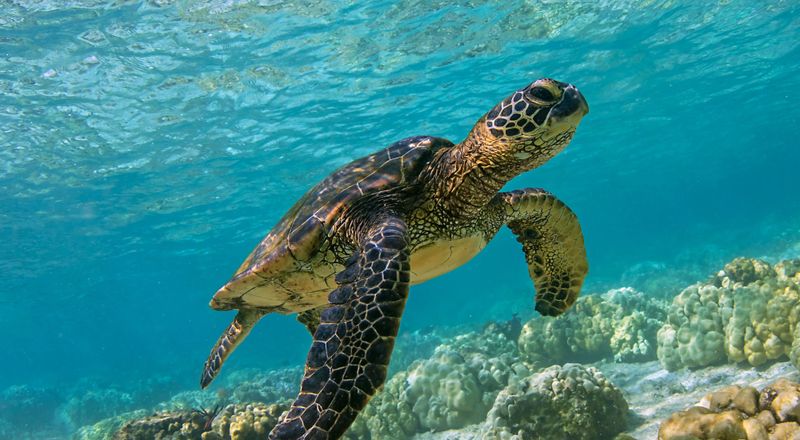
Green sea turtles are majestic creatures that can adapt to both fresh and saltwater environments during their lifecycle. Envision an ancient, serene giant gliding through clear waters, its flippers moving like wings in slow, graceful strokes.
These turtles spend most of their lives in the ocean but migrate to coastal rivers and lagoons for feeding. Their journey illustrates the interconnectedness of marine and freshwater ecosystems.
With every stroke, they remind us of timeless wisdom and the enduring beauty of nature’s creations. Their adaptability ensures their role in the tapestry of life.
American Crocodile
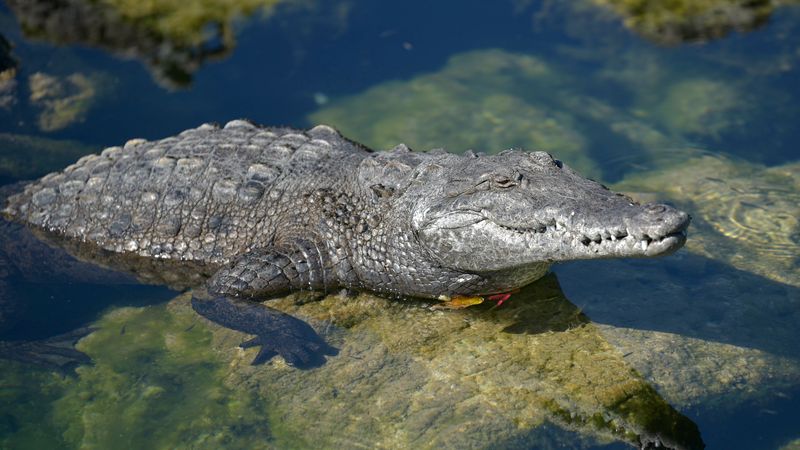
The American crocodile is a fascinating reptile that can thrive in both saltwater and freshwater habitats. Picture a stealthy predator lurking in the shadowed waters of a mangrove swamp, its eyes just breaking the surface.
This crocodile’s adaptability allows it to inhabit a wide range of environments, from coastal estuaries to inland rivers. Its presence commands respect and awe, embodying both power and mystery.
The American crocodile’s ability to navigate diverse habitats ensures its place as a formidable force in the animal kingdom, a living reminder of nature’s raw and untamed spirit.
Sockeye Salmon
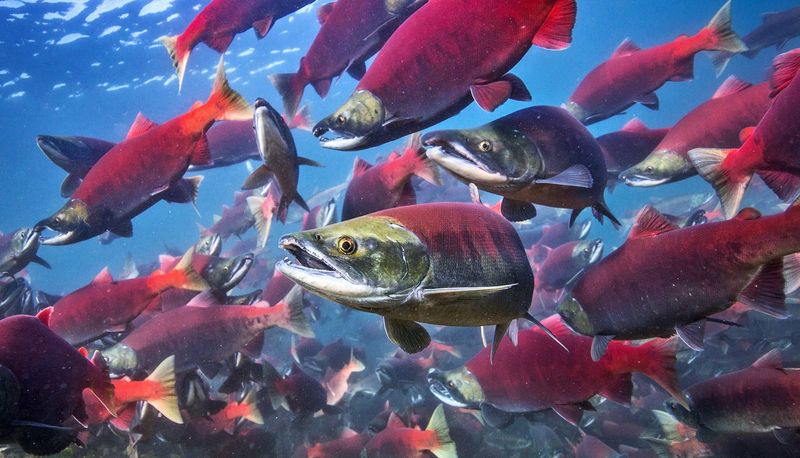
Sockeye salmon are known for their remarkable transformation and migration from saltwater to freshwater. Visualize a vivid red fish fighting its way upstream, the contrast of its body against the rocky riverbed striking to behold.
This salmon’s journey is a marvel of nature, driven by instinctive calls to spawn in natal waters. The arduous trek showcases resilience, with each leap a testament to their unwavering spirit.
These salmon paint rivers with life and color, leaving a legacy of perseverance and renewal, as they complete their life’s circle in a timeless ritual.
Mangrove Rivulus
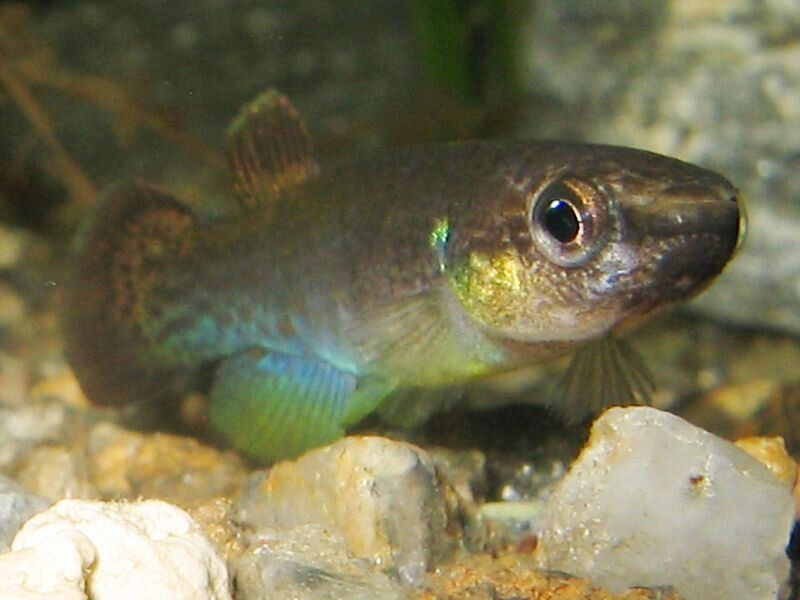
The mangrove rivulus, a fish capable of surviving in both saltwater and freshwater, is a marvel of adaptability. Picture a tiny, slender fish darting through mangrove swamp roots, its body glinting in dappled sunlight.
This fish can even live temporarily on land, breathing through its skin, showcasing survival at its most agile. The rivulus thrives in harsh environments, overcoming challenges with remarkable resilience.
Its existence in the unique mangrove ecosystem highlights nature’s ingenuity, painting a picture of life’s persistence against all odds. The rivulus is a tiny champion of versatility.
Barramundi
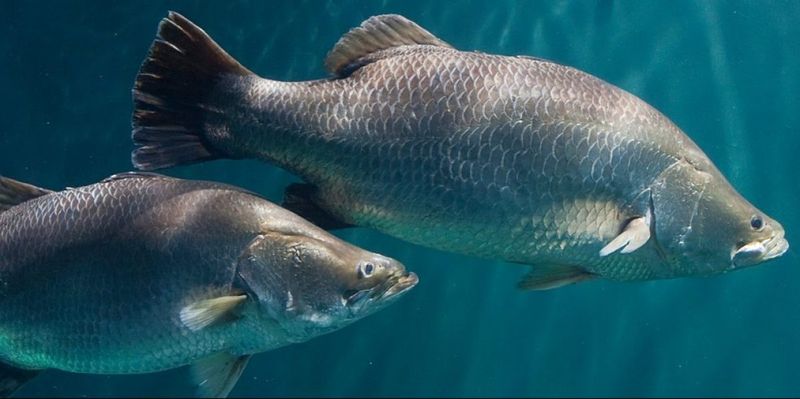
Barramundi are remarkable fish that inhabit both saltwater and freshwater, known for their silver scales and strong builds. Picture this: a sleek fish navigating seamlessly between river and ocean waters, its body catching and reflecting sunlight.
Barramundi are prized in both culinary and angling worlds, illustrating a rich blend of utility and beauty. Their adaptability makes them intriguing, as they inhabit estuaries, rivers, and coastal waters with equal ease.
This fish’s journey through diverse environments showcases nature’s dynamic and resilient spirit, offering insight into ecosystems’ intricate balance.
Striped Bass
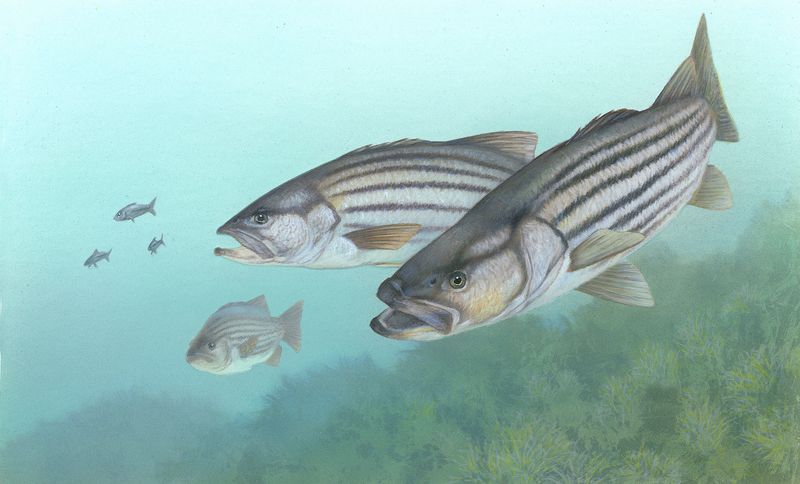
Striped bass are iconic fish that thrive in both saltwater and freshwater environments. Picture a powerful, muscular fish leaping from the water in a coastal estuary, its distinct stripes catching the light.
This fish’s migratory patterns take it from the ocean to rivers, a journey marked by seasonal rhythms. Striped bass are prized by anglers for their fighting spirit and by chefs for their flavor.
Their presence in diverse habitats highlights the interconnectedness of aquatic systems, and their adaptability makes them a constant reminder of nature’s balance and harmony.
Sea Lamprey
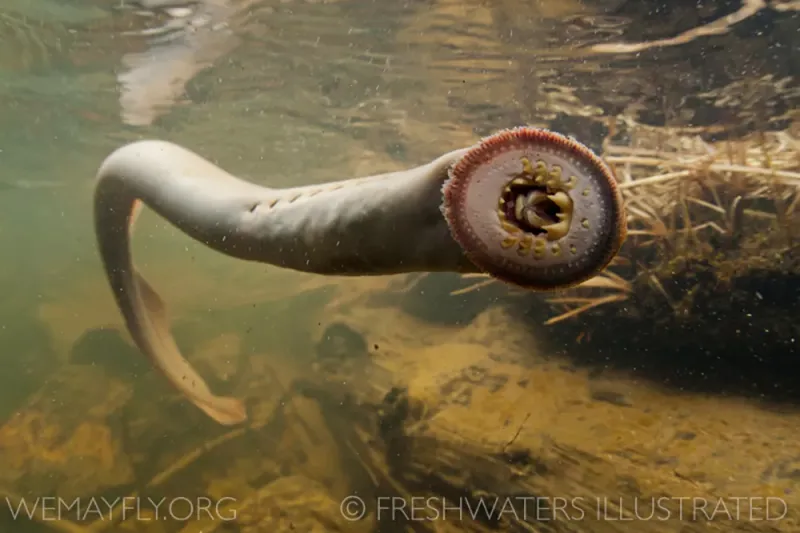
Sea lampreys are jawless fish that inhabit both saltwater and freshwater. Imagine a long, eel-like creature with a distinctive sucker mouth, latching onto a fish in a river.
These ancient creatures undergo incredible journeys between the ocean and freshwater to spawn. While often seen as invasive, lampreys are a natural part of some ecosystems. Their lifecycle showcases a balance between parasitism and survival, embodying nature’s complexity.
Despite their fearsome appearance, they are vital to understanding aquatic life’s diversity and evolution. The sea lamprey’s presence underscores the timeless dance of predator and prey.
Tilapia
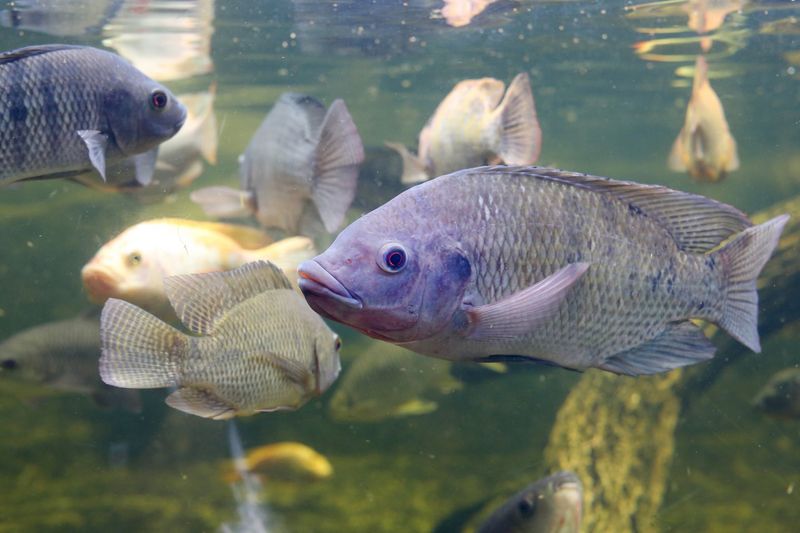
Tilapia are versatile fish that thrive in both freshwater and brackish environments. Picture a sleek, calm fish swimming gracefully through a tranquil pond, surrounded by swaying aquatic plants.
These fish are known for their adaptability and are a staple in aquaculture due to their rapid growth and mild flavor. Tilapia’s ability to survive in varying conditions makes them a symbol of resilience and efficiency.
Their presence in diverse ecosystems offers insight into the balance and sustainability of aquatic life, serving as a reminder of nature’s resourcefulness and bounty.
Eurasian Otter
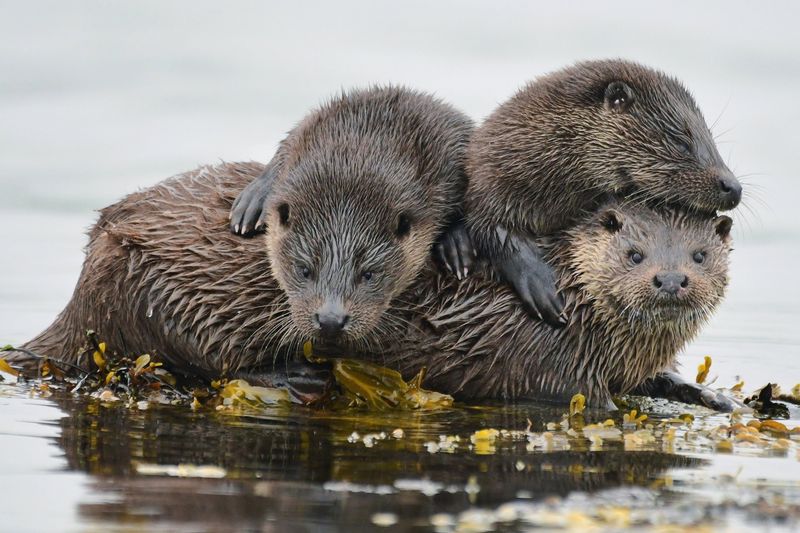
Eurasian otters are charming mammals that thrive in both freshwater and marine environments. Imagine a playful otter frolicking by a riverbank, its wet fur glistening as it catches a gleaming fish.
These otters seamlessly navigate between rivers, lakes, and coastal areas, embodying adaptability and joy. Their presence enriches ecosystems, as they maintain balance by preying on fish and invertebrates.
Watching an otter at play is a delightful experience, a testament to nature’s ability to entertain and inspire. Their playful antics and vital ecological roles make otters beloved symbols of vitality and harmony.
American Shad
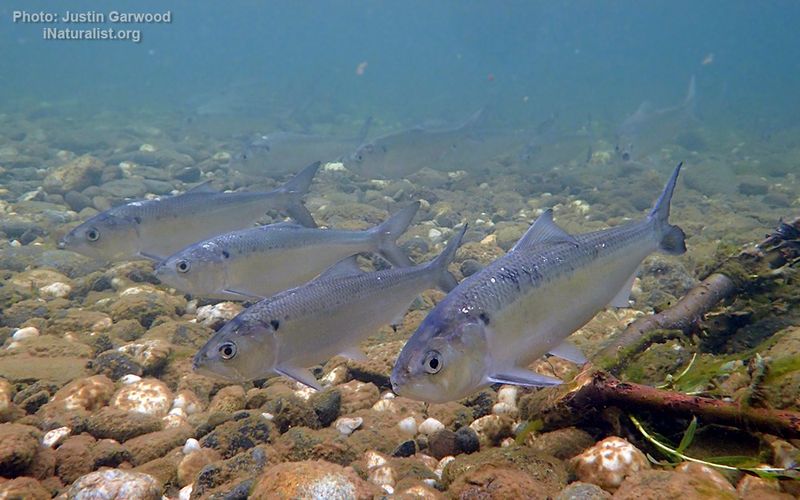
American shad are migratory fish known for their long journeys from the ocean to freshwater rivers to spawn. Picture a silvery fish swimming determinedly upstream, its journey a spectacle of endurance and tradition.
These fish are vital to both natural ecosystems and human culture, celebrated in festivals and history. Their migration marks a timeless ritual, highlighting the interconnectedness of aquatic environments.
The shad’s return to natal waters symbolizes life’s cyclical nature, with each swim upstream a reminder of renewal and resilience. Their presence graces rivers with vitality and promise.
Red Drum
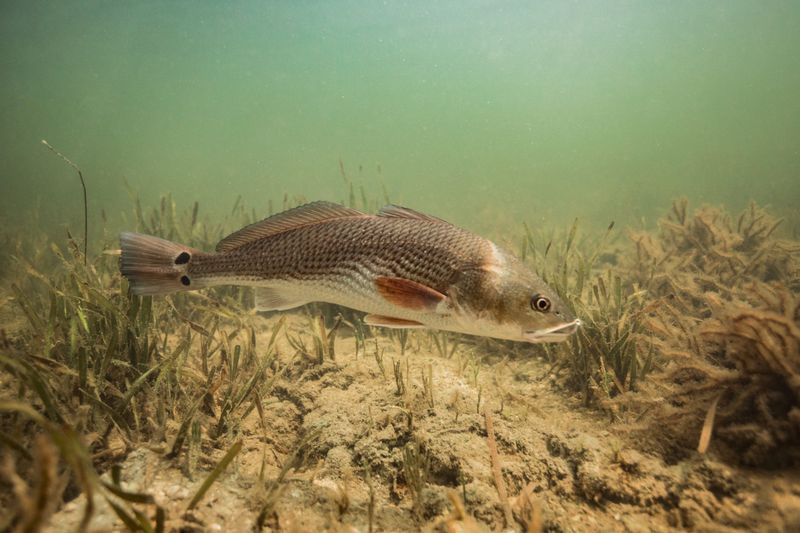
Red drum, also known as redfish, thrive in both saltwater and brackish environments. Picture this: a coppery-scaled fish gliding through a coastal lagoon, its body a vibrant contrast against clear waters.
These fish are prized for their flavor and fighting spirit, making them favorites among anglers. Their ability to inhabit diverse habitats reflects nature’s adaptability, as they effortlessly transition between estuaries and open waters.
The red drum’s presence is a vibrant testament to the beauty and diversity of marine life, capturing the imagination with its striking appearance and dynamic nature.
Northern Pike
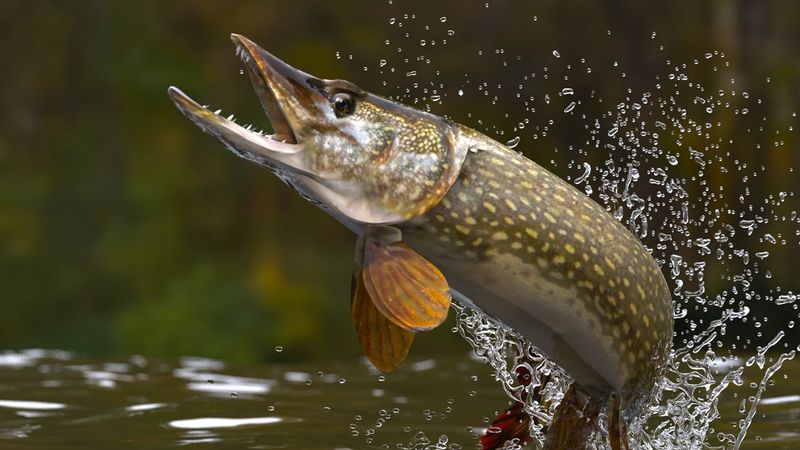
Northern pike are formidable predators that inhabit both fresh and brackish waters. Imagine a sleek, toothy fish lurking silently in a clear lake, its elongated body camouflaged among aquatic plants.
These fish are revered by anglers for their aggressive nature and challenge they present. The pike’s adaptability and hunting prowess make it a key player in maintaining ecological balance.
Observing a pike in its watery domain evokes a sense of awe, as it embodies the untamed spirit of wilderness. Its presence in varied habitats underscores nature’s intricate web of life and predation.
Coho Salmon
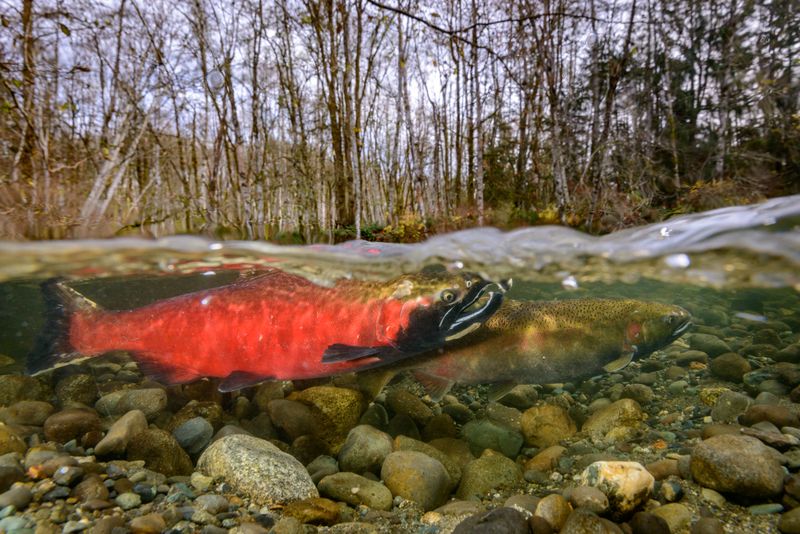
Coho salmon are known for their spectacular migrations from the ocean to freshwater streams to spawn. Visualize this: a gleaming silver fish leaping over a waterfall, its determination a striking display against cascading waters.
These journeys are grueling, driven by instinct and the promise of new beginnings. The coho’s lifecycle is a vivid illustration of resilience, as they navigate countless obstacles to reach spawning grounds.
Each leap is a testament to the persistence of life, painting streams with energy and hope. Their presence is a celebration of life’s cyclical beauty and strength.
Blue Crab
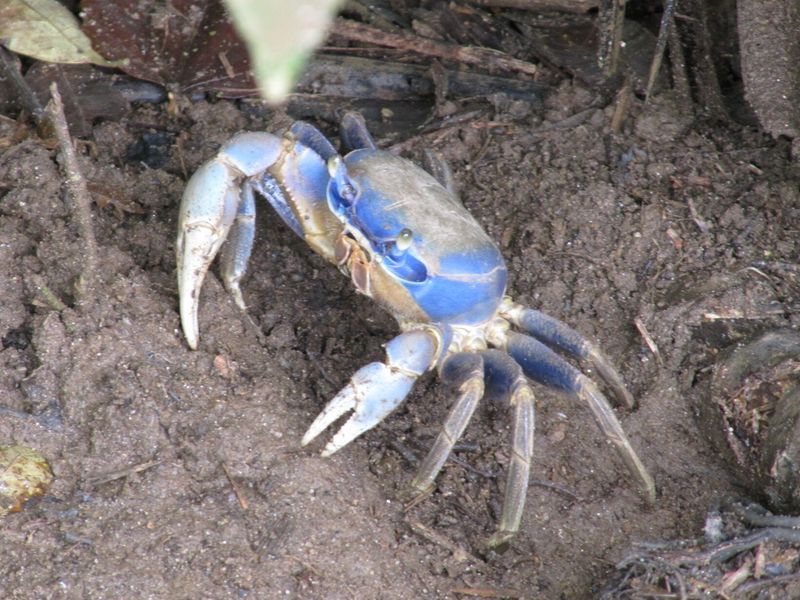
Blue crabs are fascinating crustaceans that thrive in both saltwater and brackish environments. Picture a stunning crab with vibrant blue claws scuttling across a sandy beach, its dark body contrasting with the light sand.
These crabs are key players in coastal ecosystems, contributing to nutrient cycles and food webs. Their ability to adapt to varying salinities showcases nature’s resourcefulness and complexity.
Watching a blue crab in action is a glimpse into the dynamic interactions of marine life, where survival is a delicate dance of adaptation and resilience.
Common Goby
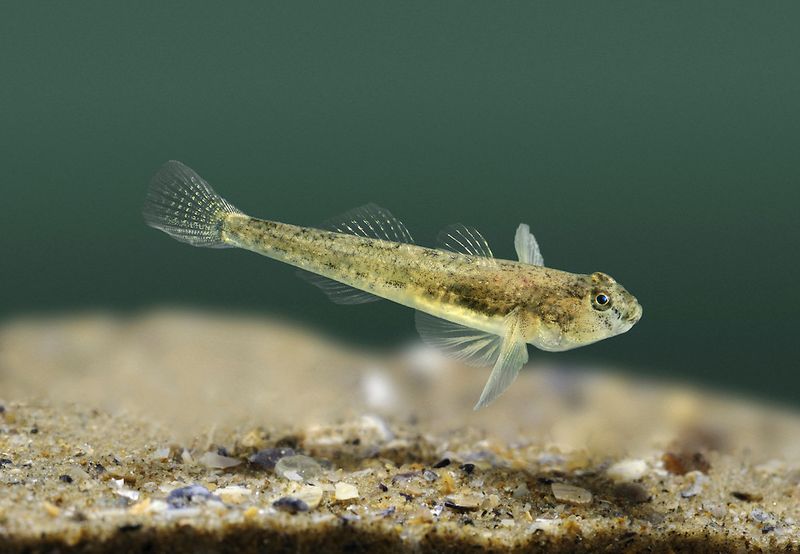
Common gobies are small fish that inhabit both saltwater and brackish environments. Picture a tiny, agile fish darting through a shallow coastal pool, its body almost invisible against the sandy bottom.
These gobies are masters of adaptation, thriving in tidal zones and estuaries. Their presence supports intricate food webs, contributing to the ecological richness of their habitats.
The goby’s ability to blend into its surroundings is a marvel of natural design, a reminder of the subtle beauty and complexity of marine ecosystems. Observing these fish is a lesson in nature’s quiet ingenuity.

